Seemingly overnight, we went from imagining a world of robots and artificial intelligence (AI) to existing in such a world. Our acceptance of and reliance on AI is apparent when we turn on Netflix, log into Amazon, avoid junk email thanks to AI-supported spam filters, and enjoy the luxury of autonomous driving. There are also many AI-powered applications that aren’t as obvious and are hidden in a layer of technology, such as speech recognition and trading algorithms. Artificial intelligence has fully arrived in our consumer lives.
Now that we’ve acknowledged the innumerable facets of our world subtly bolstered by AI, it’s time to discuss its impact closer to home, or rather, the workplace. Certain advancements have enabled AI to play an increasingly important role in the human resources (HR) industry. How will these advancements impact the world of human resources from the perspective of HR professionals in 2021 and beyond?
We’ll also discuss why it took so long (in tech years at least) for AI to impact HR software platforms. Artificial intelligence was quickly integrated into industries like healthcare and retail. Why did it experience such a slow start in HR?
Why AI in HR Now?
The common denominator in the success of everything AI is based on large (and we mean unfathomably large) amounts of data. These datasets were not previously available in the disparate tools used in HR or in nearly non-existent public data sources.
This has now completely changed. Companies like software powerhouses Workday, Oracle, and SAP made major investments into their HRIS systems over the last 10 years. And the amount of point solutions skyrocketed. In addition to major platform players covering all HRIS functionality, hundreds of software solutions have found their niche (point-solutions) and have extended the larger platforms considerably. (This exacerbates the challenge of choosing the right solution for your organization and goals. But don’t worry, in a later article, we’ll teach you how to separate the wheat from chaff and pinpoint the best platform that fits your specific needs.)
These factors have led to the collection of useful internal data for company-specific AI applications. In addition to company-specific data, the amount of semi-public people data has increased dramatically with the rise of career pages, job boards, and other candidate databases (e.g. LinkedIn now has 690 million members). These major developments contribute to datasets that are in the billions, finally enabling software developers to train AI models with reliable HR outcomes.
Have Data. Will Work.
Much like the human brain, artificial intelligence relies on data to learn.
Even a dataset in the millions from a large company is not big enough to create meaningful AI models. This is why AI didn’t take off until we could aggregate anonymized data from many companies and add public available datasets. In combination with your own company’s dataset, you are finally in the range of good replicable results.
In the AI space, using all available data as well as your company data is called aggregate learning. This form of learning utilizes all available data as the basis for the prediction model and then layers in company-specific data, thereby increasing the accuracy of the model and producing results from day one.
What this means is HR-based AI went from a kiddie pool to the ocean in terms of the amount of information it can access, and it can align this sea of information with your specific company information and goals, such as matching skill data with job position requirements.
Furthermore, AI keeps improving. The aggregate learning approach allows AI to constantly update from public data sources, adding new life into previously very static and stale candidate data.
What is Artificial Intelligence Doing for HR?
One of the main arguments in favor of artificial intelligence is that it creates time for HR professionals to be more strategic in business. A survey recently conducted by Oracle and Future Workplace suggests HR teams can utilize AI to perform transactional busy work, then leverage their newfound free time to expand on new skills and shift their focus to strategic partnerships.
The enormous amount of information that is available today allows AI technology and computers to learn and take actions or recommend activity based on what it learns. This is a great opportunity for processes to be streamlined and efficiencies to be improved.
It is essential for HR professionals to begin to recognize the value of AI technology and how it can be used across various functions, as it will certainly have a lasting impact on the way we do business. However, an overwhelming number of survey respondents felt it is difficult to maintain pace of the many changes that come with technology. That’s one of the reasons Blue Crab Consulting was founded – to guide and empower HR teams to optimize their tech-based HR operations and achieve better business outcomes.
Final Thoughts
We have only touched on how AI-based applications are fundamentally changing talent acquisition and talent management spaces. In our next article, we will expound on the opportunities for AI in HR.


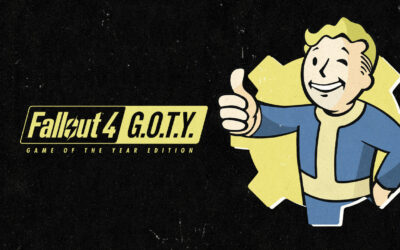


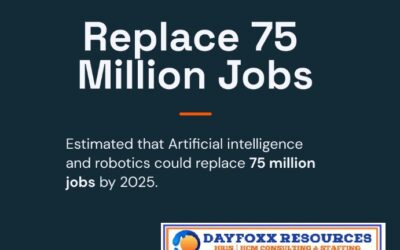

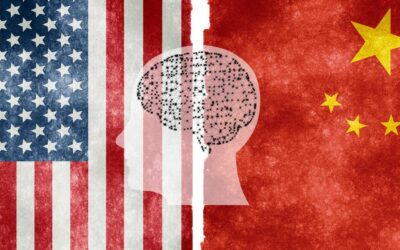


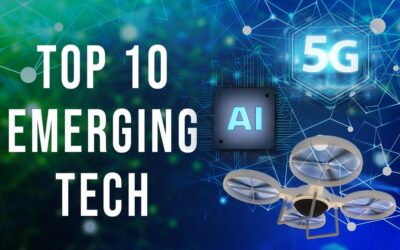
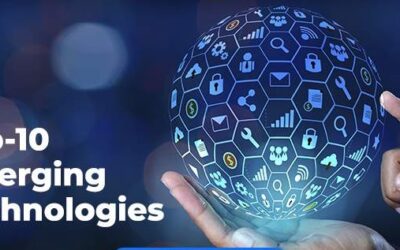
0 Comments